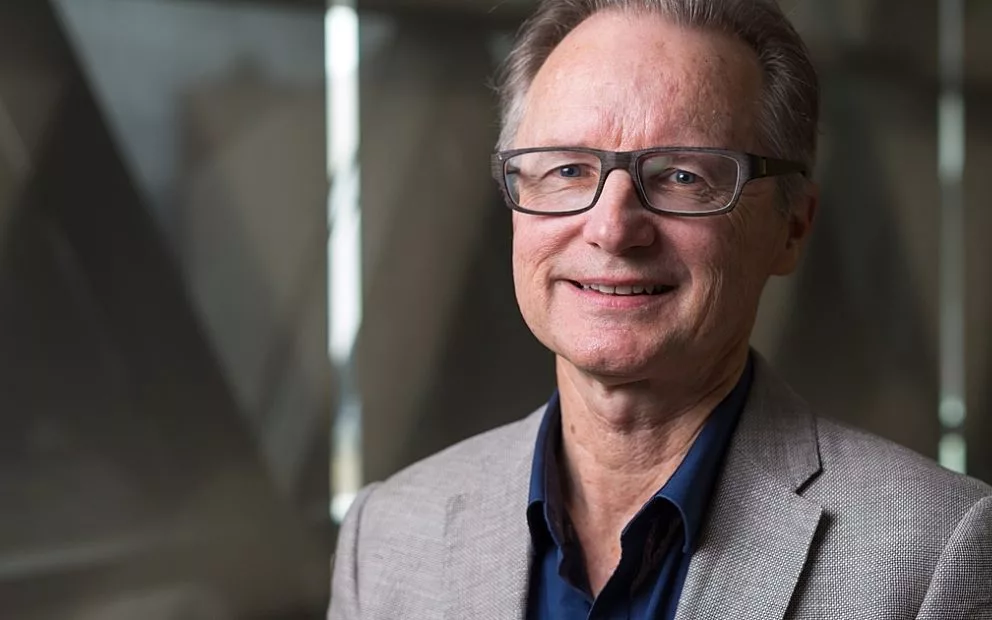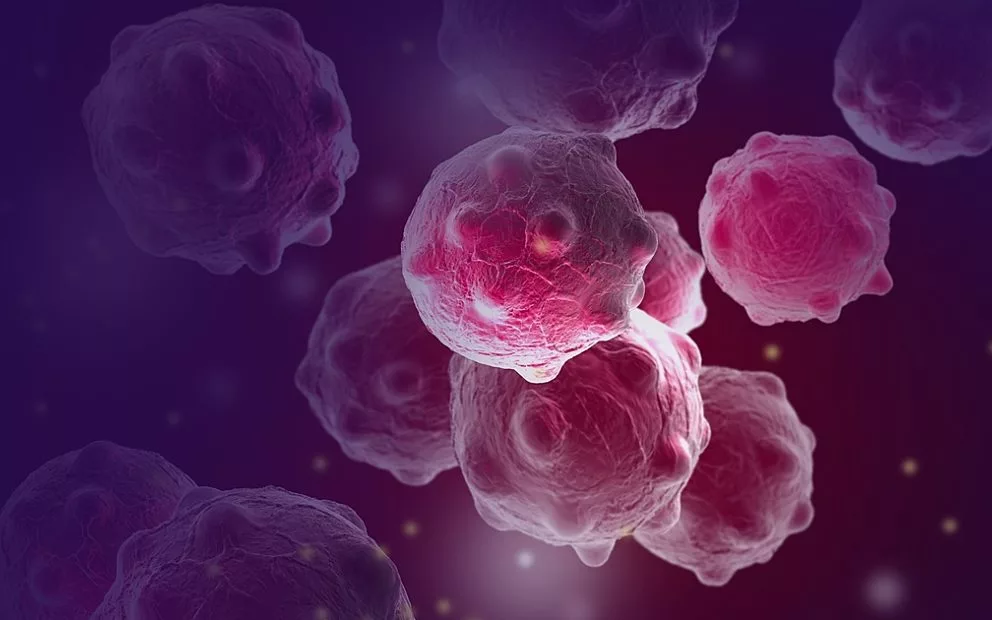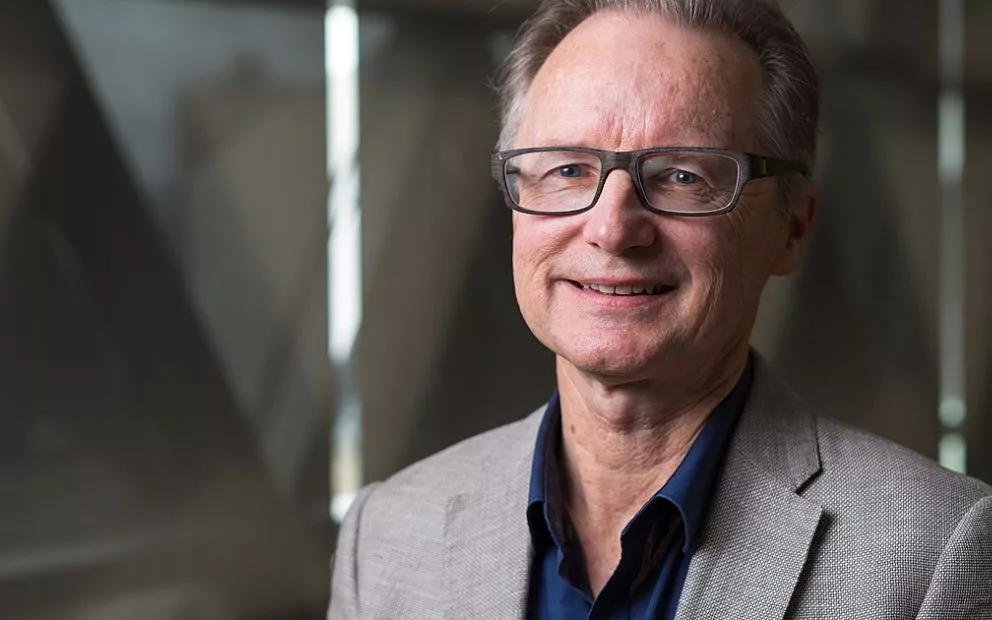New research being led by investigators at the South Australian Health and Medical Research Institute (SAHMRI) and published today in Annals of Internal Medicine has shown that treatment-free remission is achievable in many patients with chronic myeloid leukaemia (CML) who have achieved sustained deep molecular response after switching to second-line nilotinib therapy.
The ENESTop global study, led by SAHMRI’s Precision Medicine Theme Leader and Cancer Council SA’s Beat Cancer Project Chair, Professor Tim Hughes, and funded by Novartis, was designed to study patients with CML who switch from imatinib to nilotinib (either because of poor tolerance or because of poor response) and then achieve a deep molecular response.
What are kinase inhibitors?
These are small molecules that have been designed to inhibit the kinase activity of cancer-causing kinases, such as BCR-ABL, the kinase responsible for CML and many cases of acute lymphoblastic leukaemia. Imatinib was the first kinase inhibitor developed. Nilotinib and dasatinib (second-generation kinase inhibitors) are more potent than imatinib. More patients can achieve a deep molecular response on these more potent kinase inhibitors compared to imatinib.
What is deep molecular remission and treatment-free remission?
Deep molecular remission is a term clinicians use for CML patients who have reduced the amount of circulating leukaemic cells from 100 per cent down to less than 0.01 per cent - representing a four log reduction in the overall number of leukaemic cells. Deep molecular response is the prerequisite for an attempt at treatment-free remission.
Treatment-free remission is applied to CML patients who have stopped their kinase inhibitor therapy after achieving a deep molecular response and have not needed to restart therapy.
A fantastic outcome for many CML patients
Professor Hughes said that the question that needed addressing was whether these patients on second-line therapy could safely stop their kinase inhibitor therapy and if they did, how many could maintain treatment-free remission.
“We found that over 50 per cent of patients have maintained treatment-free remission after two years of observation, suggesting that this is a reasonable option for patients who have received second-line nilotinib,” Professor Hughes said.
“Other studies have suggested that patients who switched from imatinib to a more potent kinase inhibitor had a much lower probability of achieving treatment-free remission if the reason for switching was poor response, compared to patients who switched for poor tolerance. We didn’t observe this difference in this study.
“Importantly, we also documented that over 90 per cent of patients who needed to restart their nilotinib therapy achieved a deep molecular response within 12 months of restarting.”
The practical implication for clinicians is that CML patients who have achieved a deep molecular response only after switching to the more potent kinase inhibitor nilotinib can now be considered potentially eligible for a treatment free remission attempts, as long as they fulfil the prerequisites that are outlined in the nilotinib label.
“Through using these more potent tyrosine kinase inhibitors, it would appear that we can recruit more patients to treatment free remission, which is great news,” Professor Hughes added.



